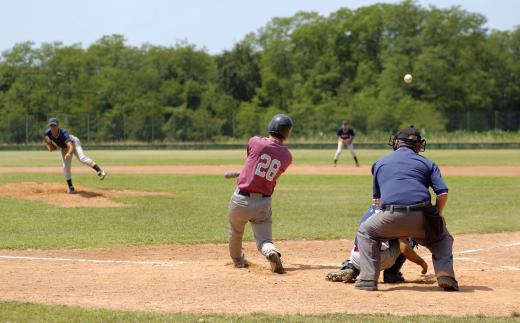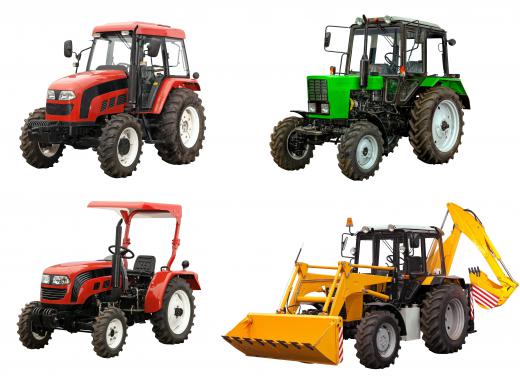Harrows are used to break up soil or create a flatter surface in preparation for planting or after ploughing has been done. Choosing the best harrow is a matter of deciding what types of conditions will be addressed, as well as what type of equipment will be used in conjunction with this tool. A few general types exist: disc models, tine models, and drag chain models are the most common types of harrows. Each one is appropriate for different types of jobs.
The disc harrow is best suited to heavier-duty jobs, as it will cut into the soil more deeply than other systems. This is most appropriate for breaking up the surface of the soil after ploughing has occurred or in preparation for creating plant beds. The disc harrow, as its name implies, will feature several thin discs mounted on an axle within a frame. It is usually dragged behind a tractor or ATV, and some of these units may even be powered; this means the discs will rotate at a speed independent of the dragging speed of the towing vehicle. They are usually powered by a tractor's power take off (PTO) system.

For lighter applications, a tine harrow is best. This machine will feature spikes known as tines that will be mounted on a metal frame. Like the disc harrows, tine harrows can be towed by a tractor or ATV, though hand operated units are also available. Tine harrows will break up the soil just enough to help break up surface weeds and rocks, and to soften the soil in preparation for planting. This tool is best used after heavier-duty tools are used to break up any solid surfaces; a tine harrow may be used after disc harrows are used on a soil bed.

The chain harrow is perhaps the lightest-duty version of this tool. It may resemble a section of chain link fence mounted within a metal frame that is usually either dragged by hand or towed by a towing vehicle. Such harrows are generally used to break up clumps of soil left behind by ploughing or by other tilling machines. Such harrows are also sometimes used in sports applications: baseball fields in particular must be dragged with chain harrows to flatten out the infield dirt and remove any loose pebbles, dirt clumps, or debris that may have blown onto the field.
